42 blood flow to the brain diagram
Brain Circulation. The brain derives its arterial supply from the paired carotid and vertebral arteries. Every minute, about 600-700 ml of blood flow through the carotid arteries and their branches while about 100-200 ml flow through the vertebral-basilar system. The carotid and vertebral arteries begin extracranially, and course through the neck and base of the skull to reach the cranial cavity. Arterial blood supplies the brain with the necessary blood flow via four vessels. Near the pituitary gland, these four vessels converge to create one unified vessel. This can be located in the inferior surface of the brain. These four vessels are each one set of paired arteries, a set of internal carotid arteries and a pair of vertebral arteries. The design of these vessels, and the unique structure of their convergence, allows the brain to receive adequate blood flow in the event that one ...
Recall that blood flow to the brain is remarkably constant, with approximately 20 percent of blood flow directed to this organ at any given time. When blood flow is interrupted, even for just a few seconds, a transient ischemic attack (TIA) , or mini-stroke, may occur, resulting in loss of consciousness or temporary loss of neurological function.
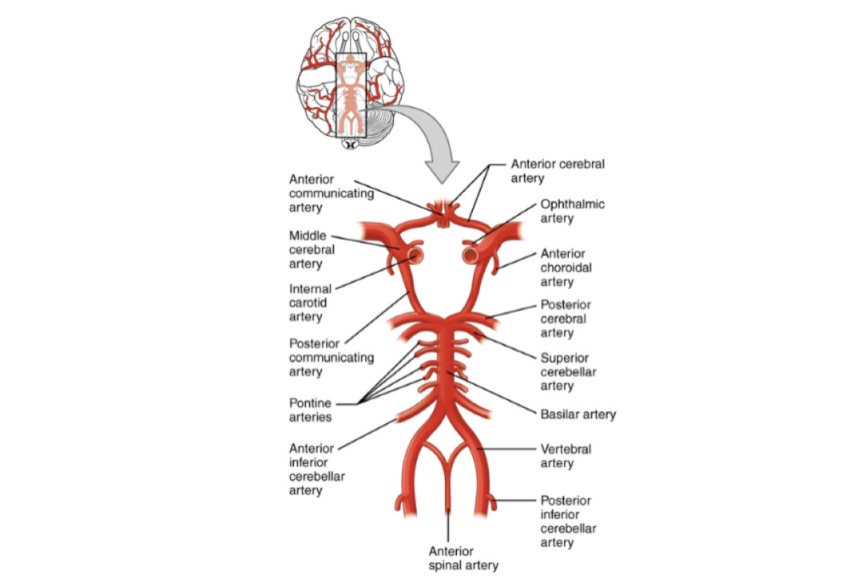
Blood flow to the brain diagram
The human brain regulates nearly every part of the human body, from bodily processes to cognitive ability. This article will explore the anatomy of the human brain and visually depict it with a brain diagram. The human brain contains functions of receiving and transmitting signals to various parts of the body through neurons. The blood flow to the brain is vital to its function since it is particularly sensitive to oxygen starvation. When an area of the brain is cut off from blood flow, a stroke can result. Gain a complete understanding of vascular supply with the world’s most advanced 3D anatomy platform. This video provides an overview of the arterial blood supply of the brain using high-quality 3D anatomy models and expert narration from our brilliant anatom...
Blood flow to the brain diagram. Aug 23, 2021 · Oxygenated blood supply is necessary for the brain to perform normal functions. Learn about the three arteries (internal carotid artery, anterior cerebral artery, and posterior cerebral artery ... Brain. The brain is one of the most complex and magnificent organs in the human body. Our brain gives us awareness of ourselves and of our environment, processing a constant stream of sensory data. It controls our muscle movements, the secretions of our glands, and even our breathing and internal temperature. Oct 28, 2021 · The derivatives of the internal carotid arteries form the anterior blood supply (anterior circulation) of the brain, which includes the anterior and middle cerebral arteries. The subclavian artery is divided into three parts based on anatomical landmarks. The first part extends from its origin to the medial border of the scalenus anterior muscle. The brain receives blood from two sources: the internal carotid arteries, which arise at the point in the neck where the common carotid arteries bifurcate, and the vertebral arteries (Figure 1.20). The internal carotid arteries branch to form two major cerebral arteries, the anterior and middle cerebral arteries .
The nervous system responds to a trigger such as stress by causing a spasm of the nerve-rich arteries at the base of the brain. The spasm closes down or constricts several arteries supplying blood to the brain, including the scalp artery and the carotid or neck arteries. Arteries of the Neck and Brain The circulation of these chemicals and the dilation of the scalp arteries stimulate the pain-sensitive nociceptors. The result, according to this theory: a throbbing pain in the head. Diagram: Blood flow through the heart, cardiac circulation pathway steps, and cardiac anatomy and structures. Blue arrows (deoxygenated blood); Red arrows (oxygenated blood). Now that we have a good understanding of the blood flow through the heart using the cartoon diagrams, we can apply it to a more realistic image of the heart. A steady flow of blood delivers life-giving oxygen plus glucose, vitamins, amino acids, minerals, and other nutrients that the brain needs to survive and thrive. Cerebral blood circulation also carries away things the brain doesn’t need, such as carbon dioxide, toxins, and metabolic waste products. This video provides an overview of the arterial blood supply of the brain using high-quality 3D anatomy models and expert narration from our brilliant anatom...
The blood flow to the brain is vital to its function since it is particularly sensitive to oxygen starvation. When an area of the brain is cut off from blood flow, a stroke can result. Gain a complete understanding of vascular supply with the world’s most advanced 3D anatomy platform. The human brain regulates nearly every part of the human body, from bodily processes to cognitive ability. This article will explore the anatomy of the human brain and visually depict it with a brain diagram. The human brain contains functions of receiving and transmitting signals to various parts of the body through neurons.






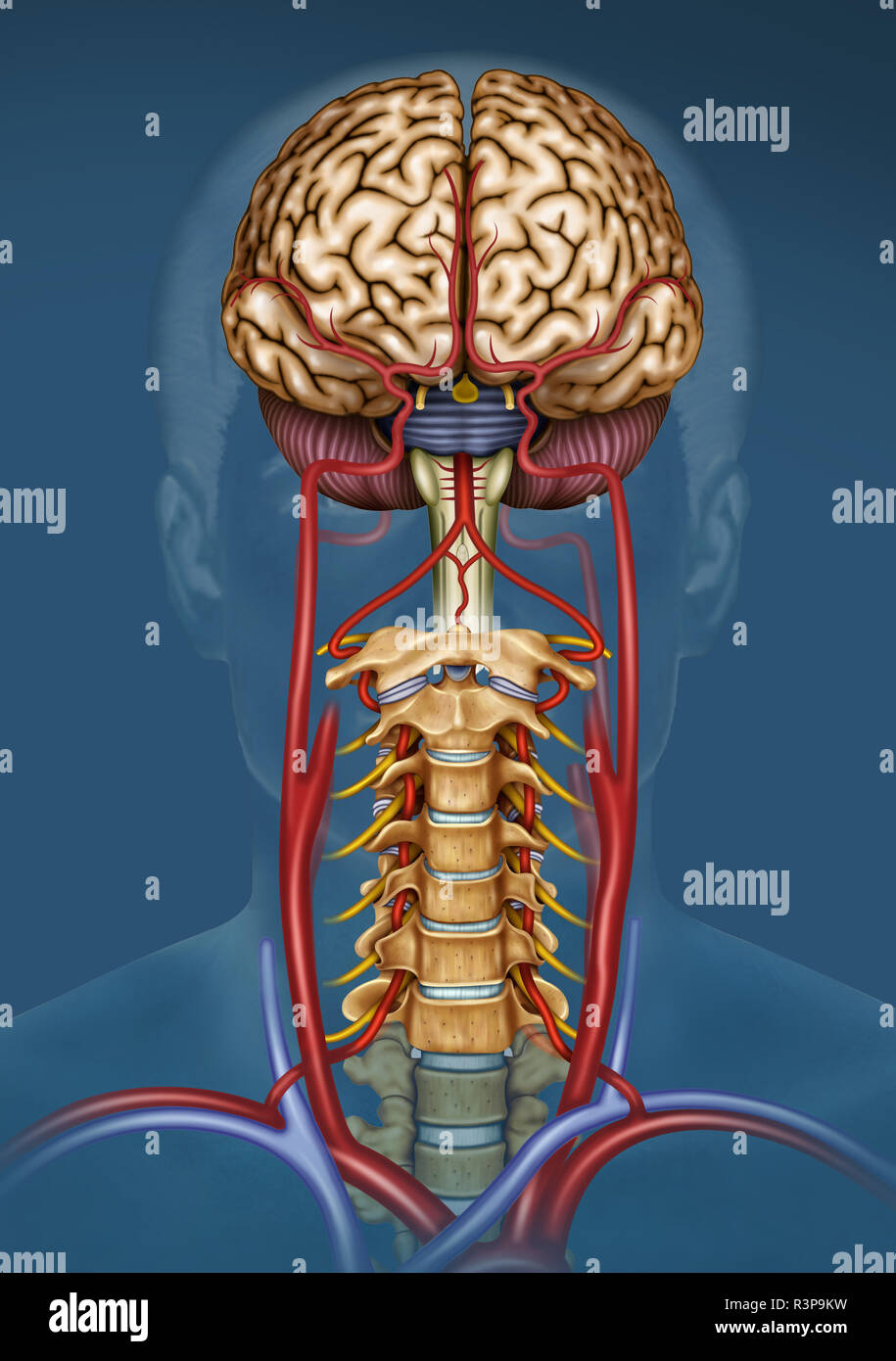
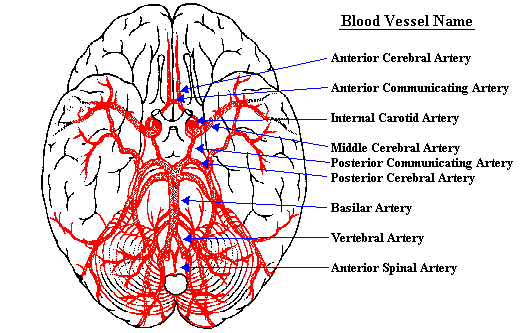
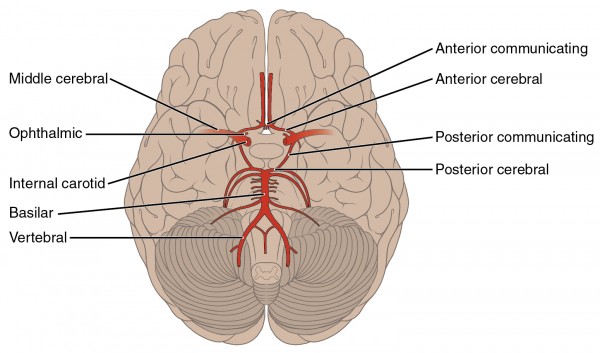
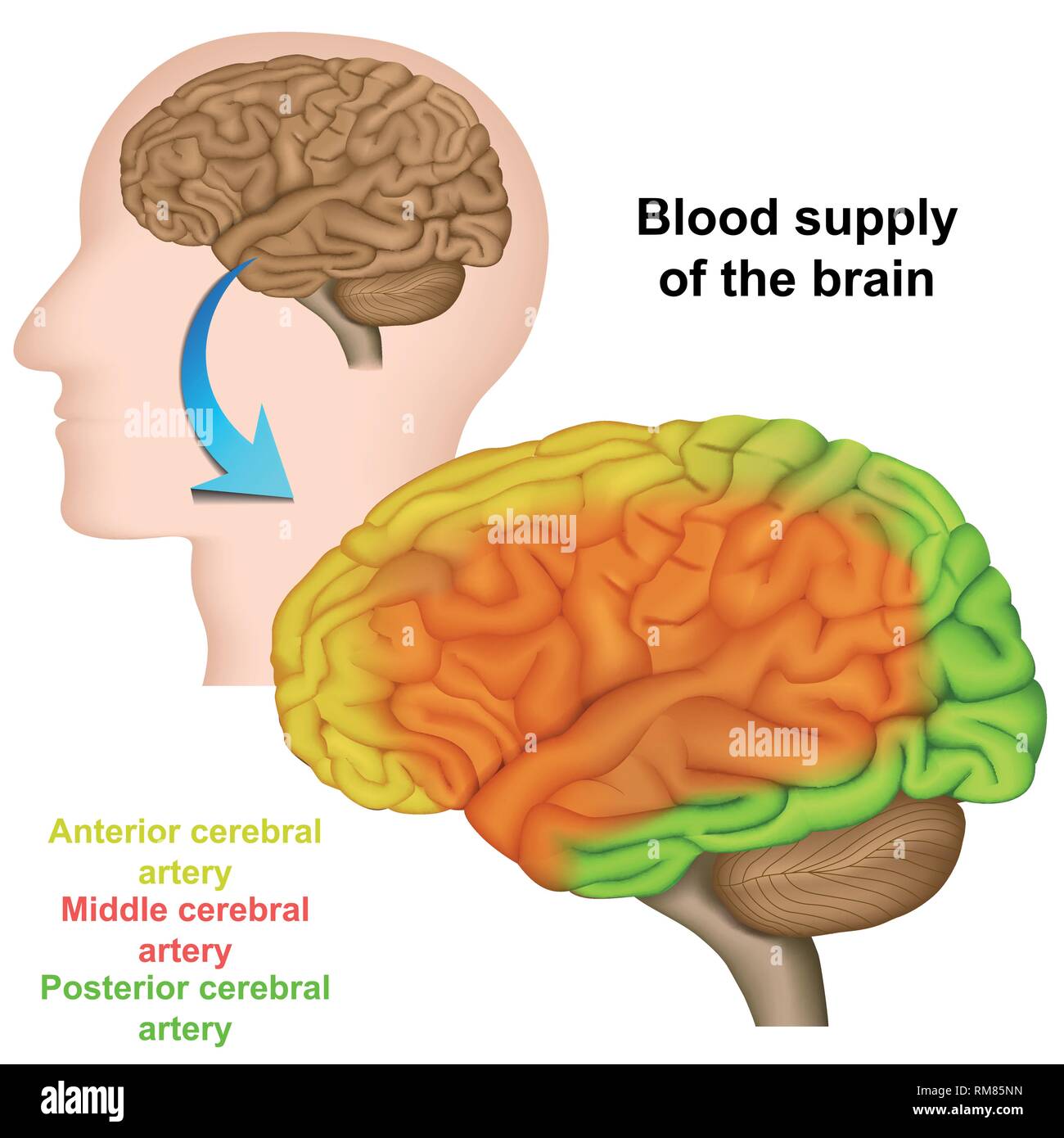
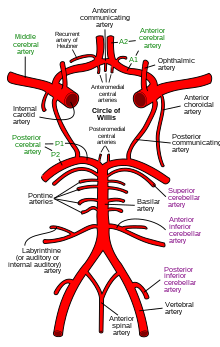
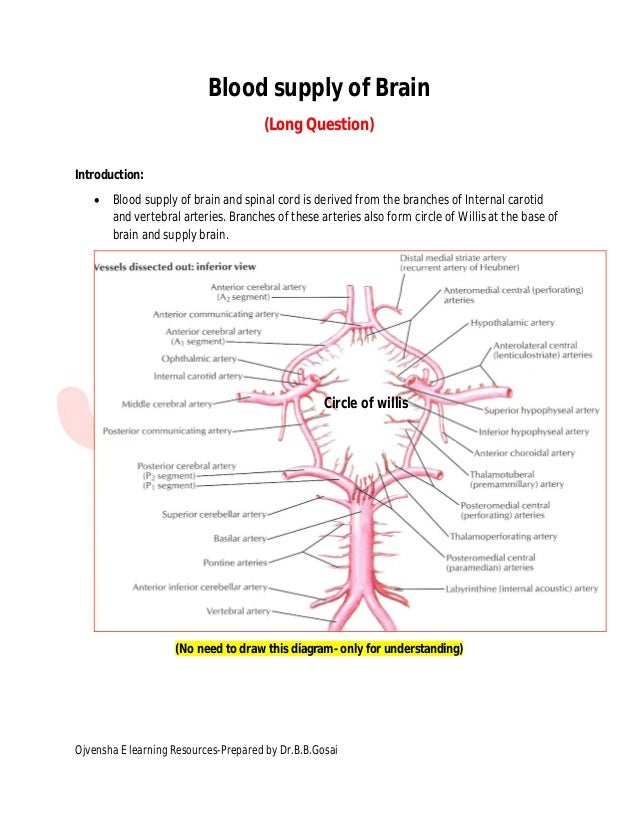









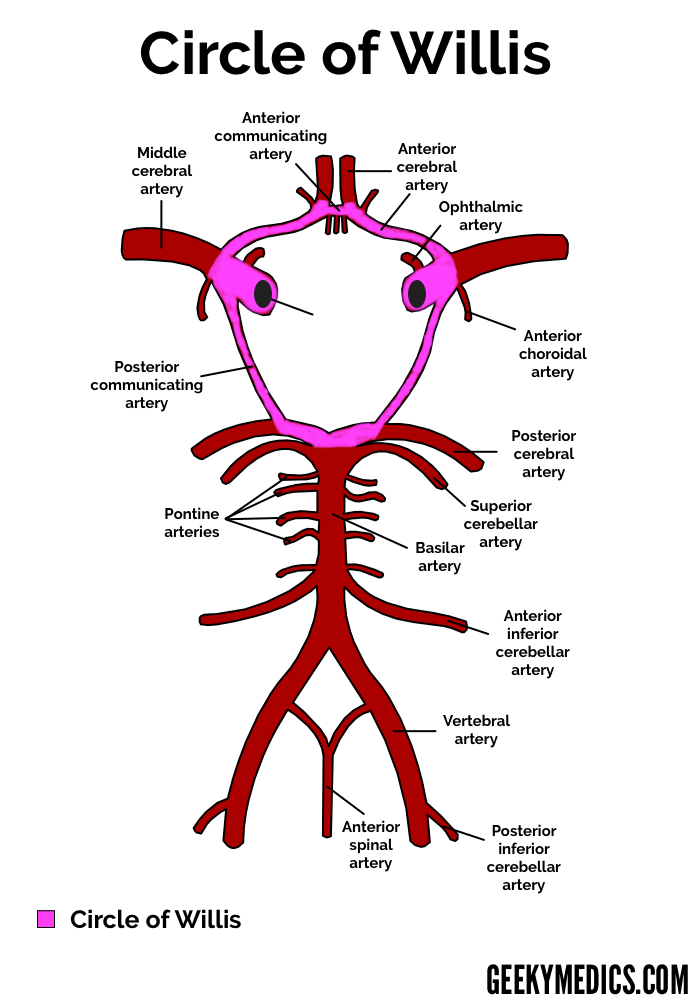
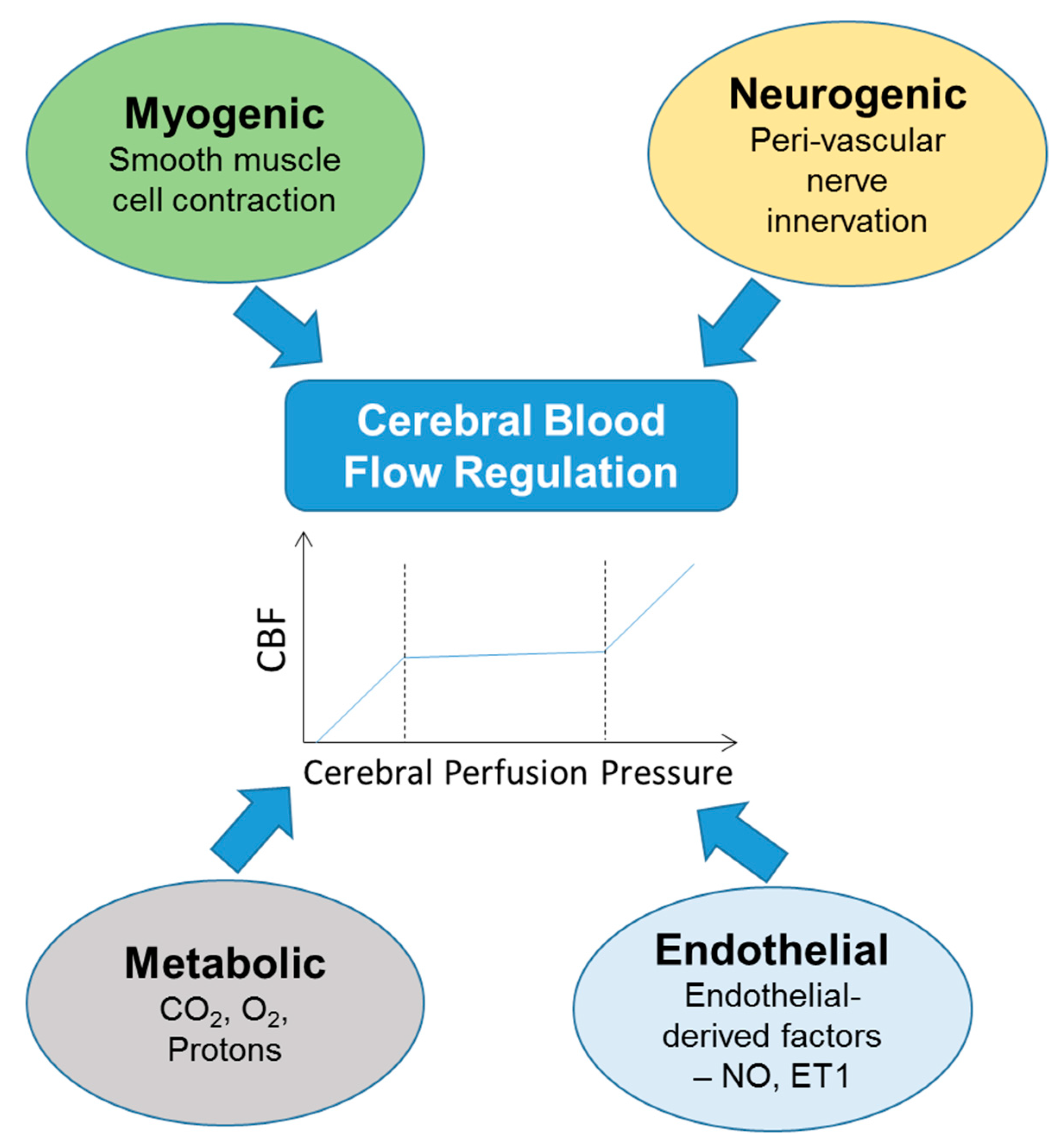


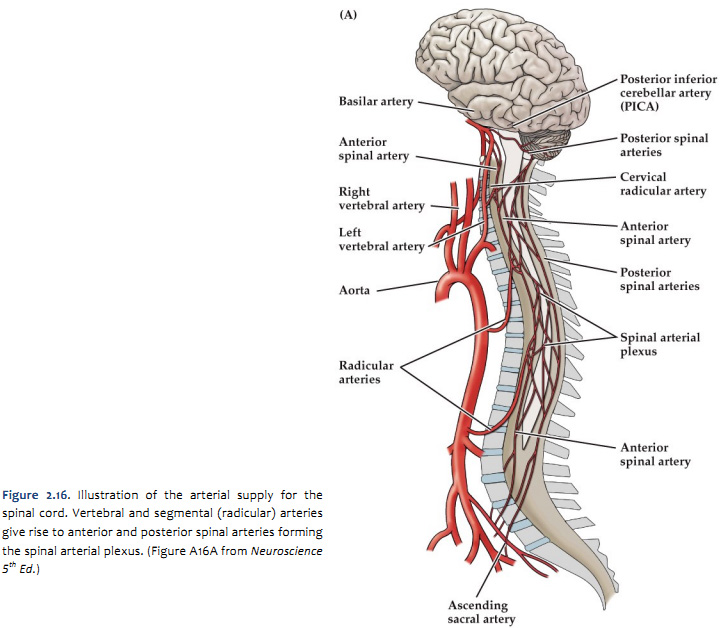



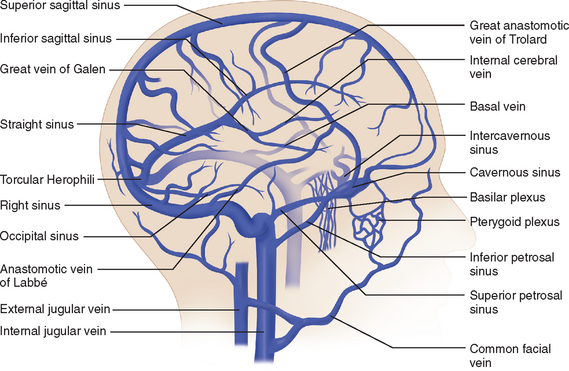

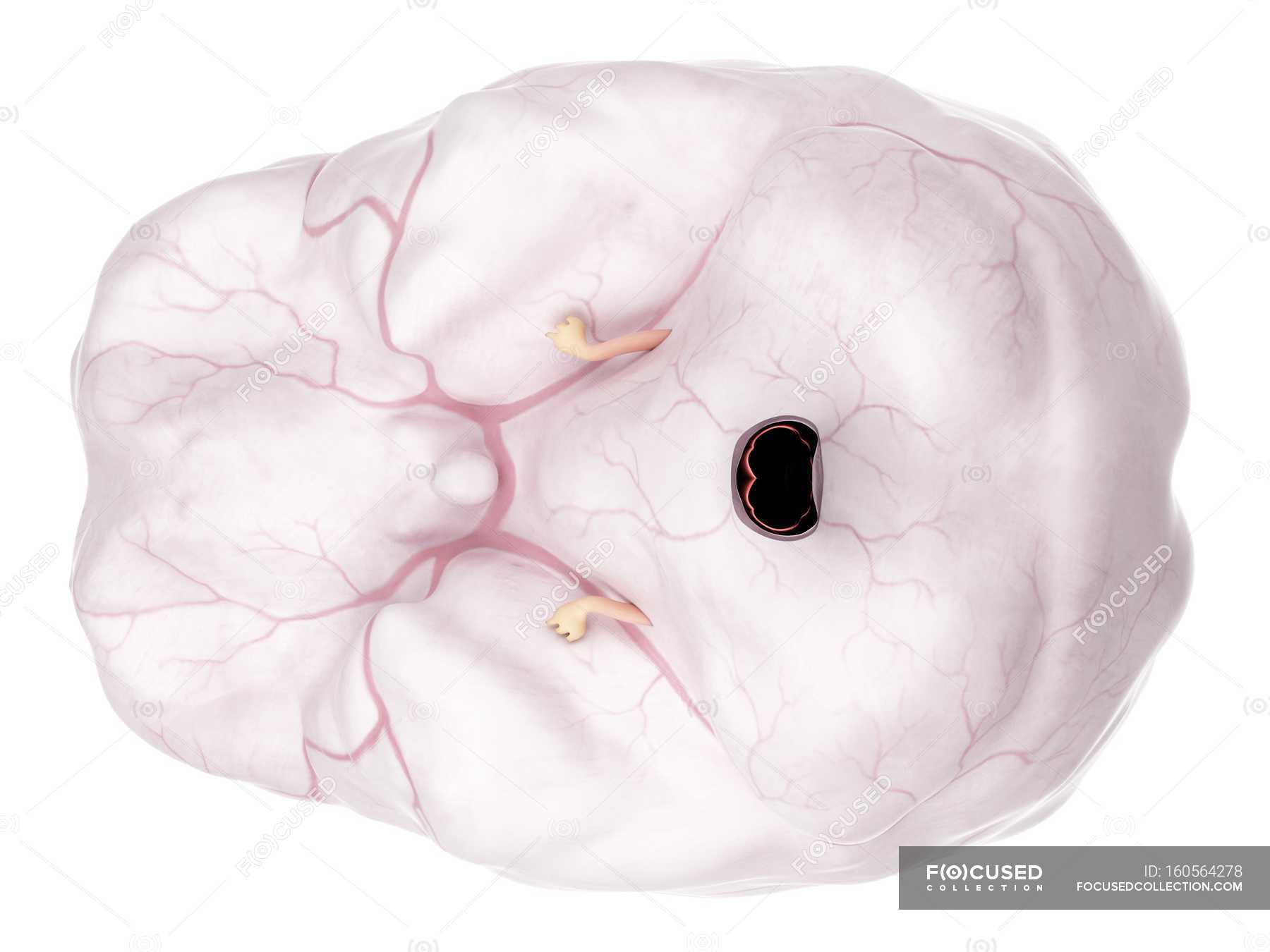


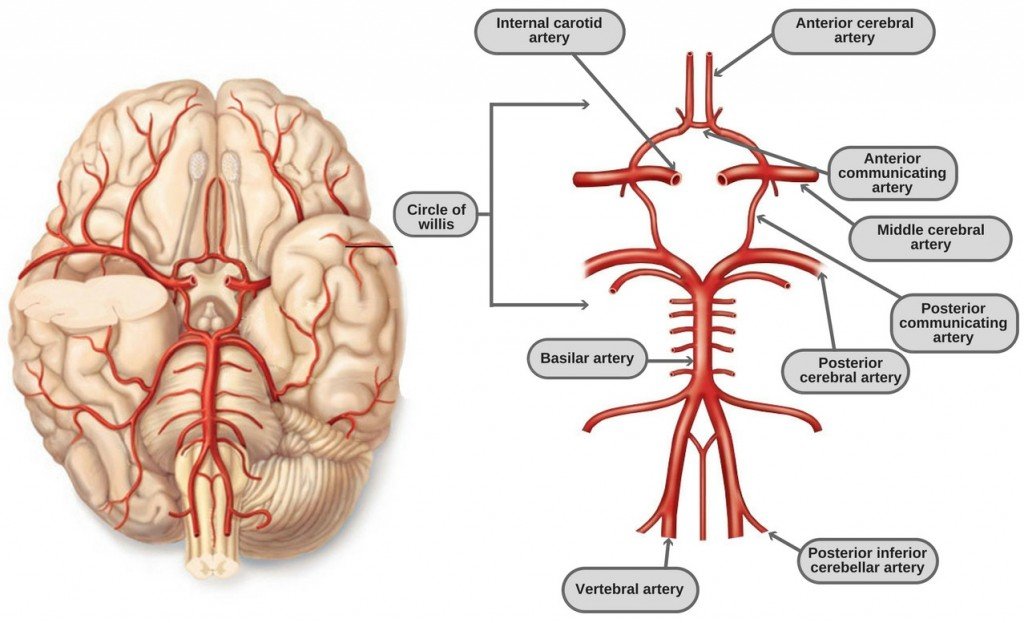
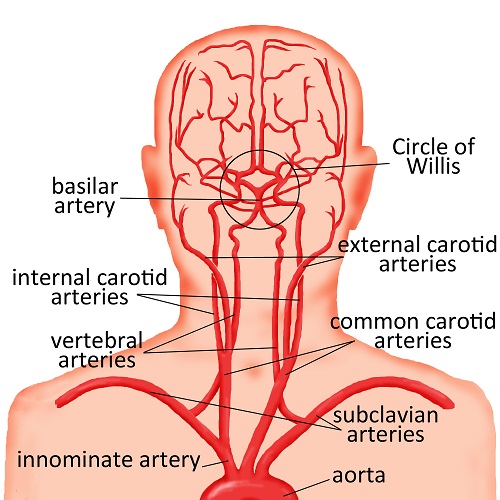

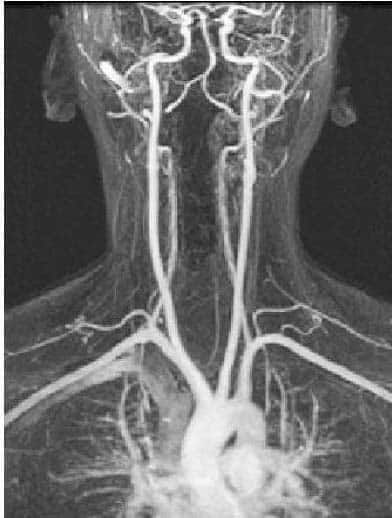
0 Response to "42 blood flow to the brain diagram"
Post a Comment